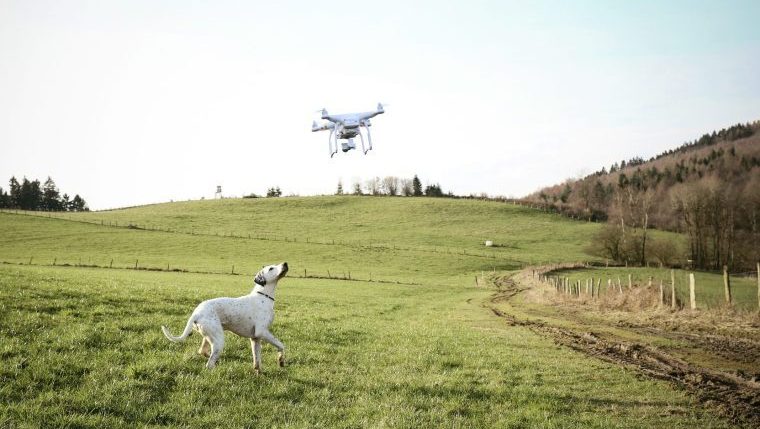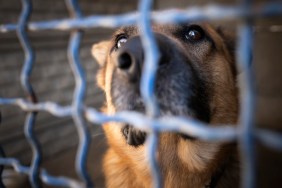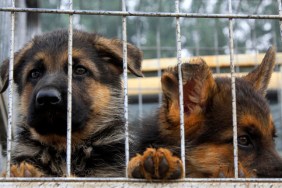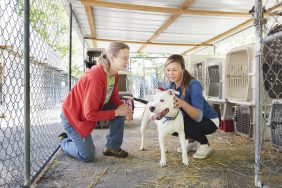
Increasingly, dogs that roam are found by drones — and they are helping to rescue dogs worldwide. In the UK alone, drone pilots have helped search for, and rescue, thousands of missing canines.
One organization, Drone SAR for Lost…


Increasingly, dogs that roam are found by drones — and they are helping to rescue dogs worldwide. In the UK alone, drone pilots have helped search for, and rescue, thousands of missing canines.
One organization, Drone SAR for Lost…



